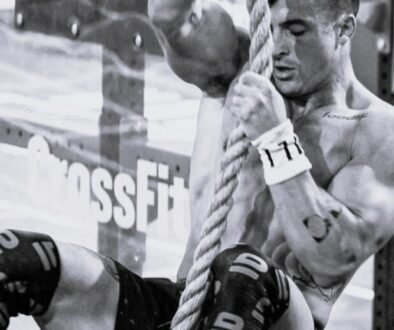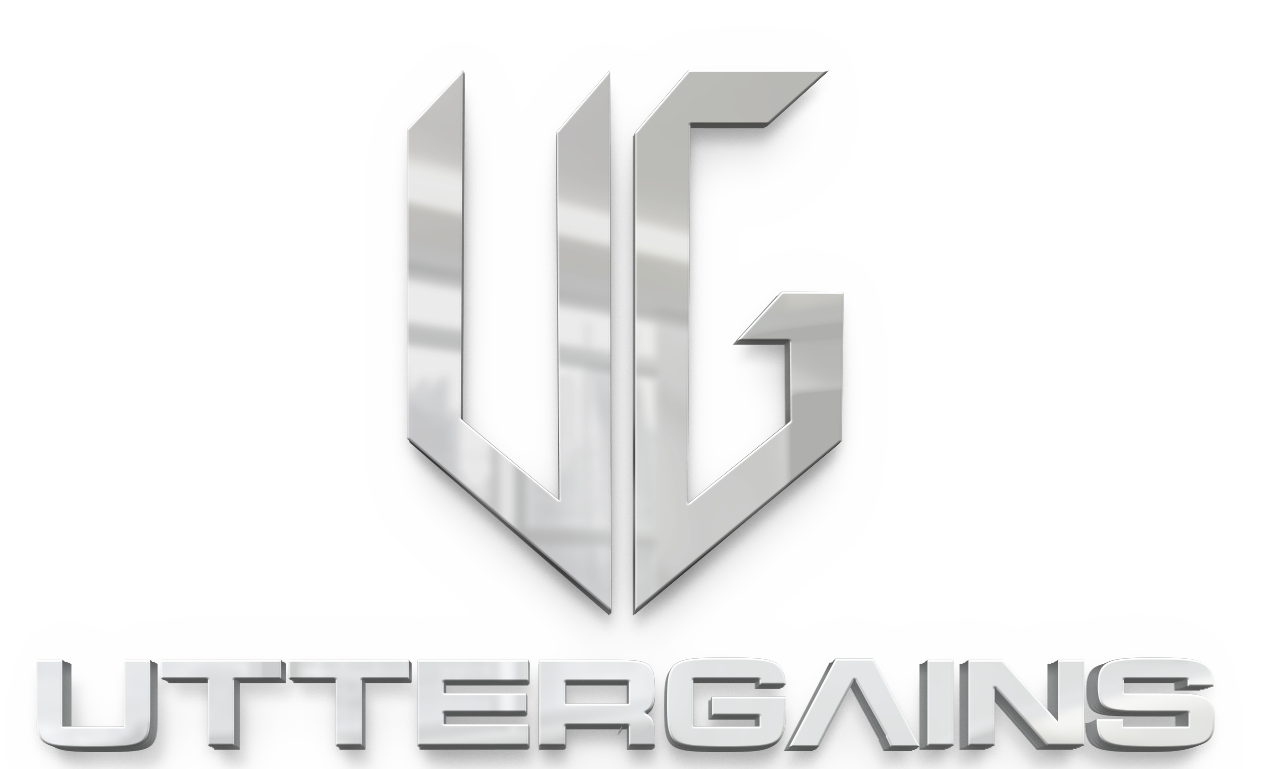Grow An Amazing Back with Bodyweight Workouts
Today, I’d like to discuss some different approaches you can incorporate to enhance your back strength. Let’s be clear – this isn’t about bodybuilding. That’s a specialized field focused on maximizing muscle growth. However, we can draw inspiration from bodybuilding techniques and apply them to our calisthenics routines to sculpt a more appealing back.
The pull-up is widely considered one of the most effective exercises for targeting the back, and I don’t want to harp on that too much. Instead, I’ll share a few personal favorites for intensifying back development, before shifting the focus to rows and a supplementary exercise that I believe can be incredibly beneficial.
Grip and Technique
It’s important to understand that developing a strong back comes down to the way you hold onto the bar and your technique. When it comes to grip, focusing on a pronated grip with your palms facing away from you is key. This position puts your biceps in a weaker state, forcing your back muscles to take on more of the workload.
But even more crucial than grip is technique. I’ve been doing pull-ups for years and thought my back was getting stronger, but it never really looked defined. It wasn’t until I slowed down my pull-ups and concentrated on my form that I started to see real progress. By lifting my chest, pulling my shoulder blades back and down, and really focusing on engaging my back muscles, I finally started to see the results I wanted.
It’s amazing to think that just adjusting my pull-up technique had a bigger impact on my back development than lifting heavy weights. So, if you’re looking to sculpt a strong and aesthetically pleasing back, it’s time to stop counting reps and start focusing on quality movements. Slow down, engage your muscles, and really feel the burn. Don’t forget to move through the full range of motion to maximize muscle growth and get that much-needed stretch at the bottom of each pull-up to help with muscle development.
Movement 1, Variation 1
Commencing with the initial movement, we have the wide grip pull-up. By adhering to the correct grip orientation mentioned previously and executing a full range of motion, you will engage a significant amount of contraction in the muscles of the back. The entire back, including the traps, posterior delts, and especially the lats, will be activated. Personally, this particular exercise was a game-changer for me and undoubtedly the most beneficial variation I incorporated to enhance that mind-muscle connection and effectively grow my back
Variation 2
Moving on to the next exercise, we have the shoulder width pull-up. This movement is favored for its ability to provide the lats with an extensive range of motion, allowing for a deep stretch at the lowest point of the movement. More range of motion equates to a greater stretch and ultimately more muscle development. Similar to the previous variation, this exercise utilizes a pronated grip and emphasizes the importance of perfecting the technique: lifting the chest, pulling the shoulders back and down, holding at the top to truly feel the muscles engaged and contracting. This is the key to cultivating a strong and well-developed back.
Utilizing Rings
For those interested in incorporating rings into their workout routine, the approach remains the same. You can opt for a wide grip, shoulder-width grip, or a pronated grip. The neutral grip on rings is also a personal favorite as it engages the biceps while heavily involving the back muscles. The contraction felt in the back during this variation is quite intense, making it a valuable choice despite the altered grip position.
Rows
Though not a huge fan of rows due to their limited range of motion in training the lats, they can be beneficial for strengthening the traps and muscles around the scapula when performed correctly with a strong squeeze. Implementing the same cues as suggested for pull-ups can significantly enhance the effectiveness of rows. Varying the angles at which you perform rows—elevating or lowering your feet or rings—can target different muscle groups and provide a comprehensive workout for your pulling muscles.
Superman
Incorporating the superman exercise is a great way to target the spinal erectors, an area often overlooked in calisthenics training. This movement not only engages the spinal erectors but also works the traps, facilitating better mind-muscle connection throughout the back. Particularly useful if you regularly incorporate core work such as planks, the superman exercise serves as an excellent finisher to your routine.
In conclusion, focusing on grip and technique, with an emphasis on impeccable form, is key to building a well-defined back. Avoid fixating on numbers and prioritize building a strong mind-muscle connection, aiming for perfect reps with a focus on squeezing the shoulder blades back and down while keeping the chest elevated.



